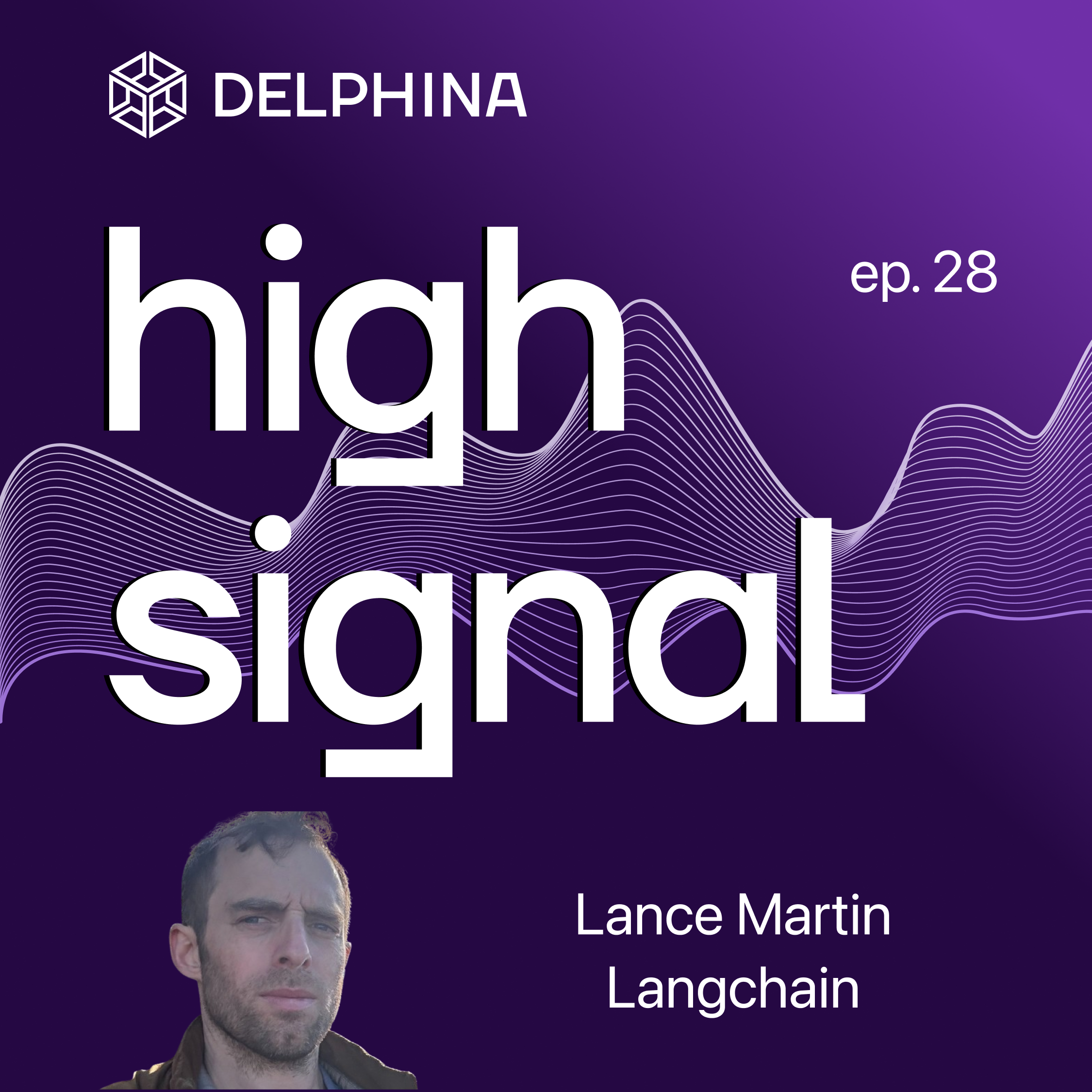Defaults, Decisions, and Dynamic Systems: Behavioral Science Meets AI

Behavioural Insights Team
Elisabeth is the Chief of Innovation and Partnerships at the Behavioural Insights Team. Elisabeth leads global efforts for building new, long-term partnerships and collaborations across the team, as well as developing BIT’s emerging areas of expertise and service offers.
Elisabeth was previously the Managing Director of the Behavioural Insights Team in the UK. Her particular expertise is economic policy and digital markets. Joining the team in 2015, Elisabeth has developed and led the team’s flagship programmes on the intersection of behavioural science and economic policy. Alongside leading dozens of trials and experiments, she has co-authored papers on Consumer Decision Making in Regulated Markets (2016), Household Finance (2018), Online Harms and Manipulation (2019), Business Behaviours (2019) and the Behavioural Economy (2020). Elisabeth regularly contributes to policy discussions and public debate on digital markets and online decision-making, financial behaviour and consumer vulnerability.


Delphina
Hugo Bowne-Anderson is an independent data and AI consultant with extensive experience in the tech industry. He is the host of the industry podcast Vanishing Gradients, a podcast exploring developments in data science and AI. Previously, Hugo served as Head of Developer Relations at Outerbounds and held roles at Coiled and DataCamp, where his work in data science education reached over 3 million learners. He has taught at Yale University, Cold Spring Harbor Laboratory, and conferences like SciPy and PyCon, and is a passionate advocate for democratizing data skills and open-source tools.
Key Quotes
Key Takeaways
There is no neutral system
Lis explains how every digital product encodes decisions, whether acknowledged or not. From tax letters to chatbot prompts, behavioral architecture is always present.
Defaults drive behavior
Default settings are often the most powerful levers in any system. Pension enrollment, vaccine uptake, and even organ donation outcomes all hinge on them.
Machine learning breaks in dynamic systems
Most ML models are trained on static data, but in the real world, every intervention changes the system. Prediction alone is not enough.
Designing for people means designing for context
Personalization, timing, and delivery all shape how messages land. A message is not just what you say, but how, when, and to whom.
Nudges help, but boosts may last
While nudging improves outcomes in the short term, Lis sees promise in boosting—building long-term decision-making capacity in individuals.
Personalization is no longer optional
Behavioral science is moving from static communications to adaptive tools like chatbots, enabling more effective interventions at scale.
Evidence, not intuition
BIT grounds its work in experimentation. From randomized trials to machine learning models, interventions are tested, not assumed.
Behavioral science belongs in AI development
ML systems shape human behavior, whether intended or not. Ignoring behavioral design undermines effectiveness and trust.
You can read the full transcript here.
0:00 Introduction to Behavioral Science and Machine Learning
00:42 Case Study: Chatbot for Vaccination
02:06 Exploring Behavioral Interventions
03:40 The Behavioral Insights Team
07:33 Nudge Theory and Choice Architecture
13:16 Evolution and Impact of Behavioral Insights
23:24 Combining Behavioral Science with Machine Learning
37:12 Boosting vs. Nudging: Enhancing Decision-Making
48:46 Adapting Behavioral Insights Across Contexts
50:45 Practical Lessons for Data and AI Leaders
52:27 Conclusion and Future Collaborations
Links From The Show
Transcript
In the spotlight: Our most popular episodes
Listen up: Our latest discussions
Hear the hottest takes on data science and AI.
Get the latest episodes in your inbox
Never miss an episode of High Signal by signing up for the Delphina newsletter.


.svg)

.png)










